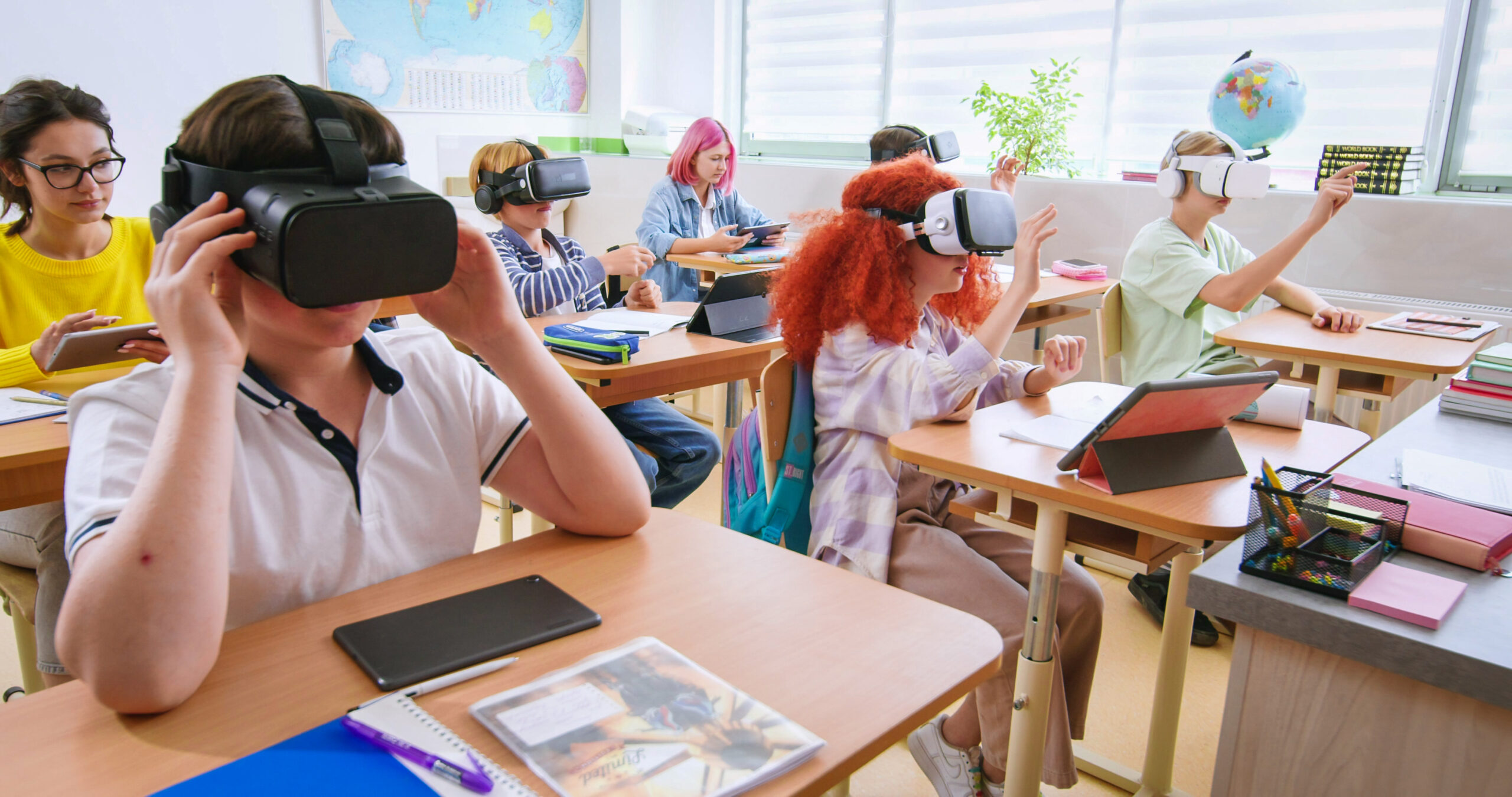
The impact of Zero ISAAC (International Standard for Automated Quality Control) on industries across the board has been tremendous. Zero ISAAC is an automated quality control system that uses machine learning algorithms to detect and correct errors in manufacturing processes.
One of the primary impacts of Zero ISAAC is the increased efficiency of manufacturing processes. By using machine learning algorithms, the system can quickly identify and correct errors in real-time, reducing the amount of time needed to produce a product. This has resulted in increased productivity and lower costs for businesses.
Another impact of Zero ISAAC is the improved accuracy of manufacturing processes. The system is able to detect and correct errors with a high degree of accuracy, resulting in fewer defects and less waste. This has been particularly beneficial in industries where precision is critical, such as the aerospace and medical device industries.
In addition to improving efficiency and accuracy, Zero ISAAC has also had a positive impact on product quality. By detecting and correcting errors before they become a problem, businesses are able to produce higher quality products that meet or exceed customer expectations. This has resulted in increased customer satisfaction and loyalty, which, in turn, has led to increased sales and revenue.
Another impact of Zero ISAAC has been the increased adoption of automation in manufacturing. As businesses see the benefits of using machine learning algorithms to improve their manufacturing processes, they are more likely to invest in other forms of automation, such as robotics and artificial intelligence. This has led to further improvements in efficiency, accuracy, and quality across the manufacturing industry as a whole.
Overall, the impact of Zero ISAAC on industries across the board has been overwhelmingly positive. By improving efficiency, accuracy, and product quality, businesses have been able to increase productivity, reduce costs, and grow their bottom line. As the use of machine learning algorithms and other forms of automation continues to grow, we can expect to see even greater benefits for businesses and consumers alike.…





